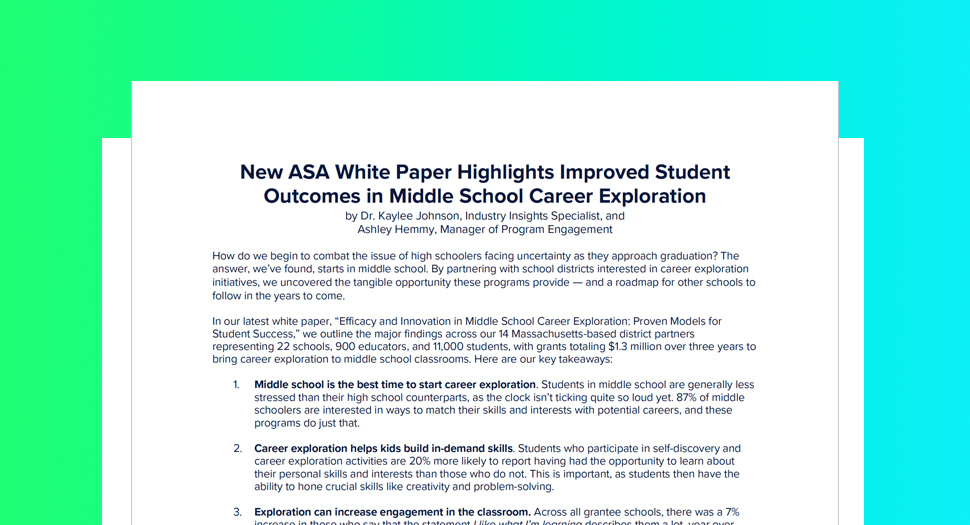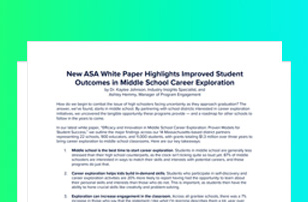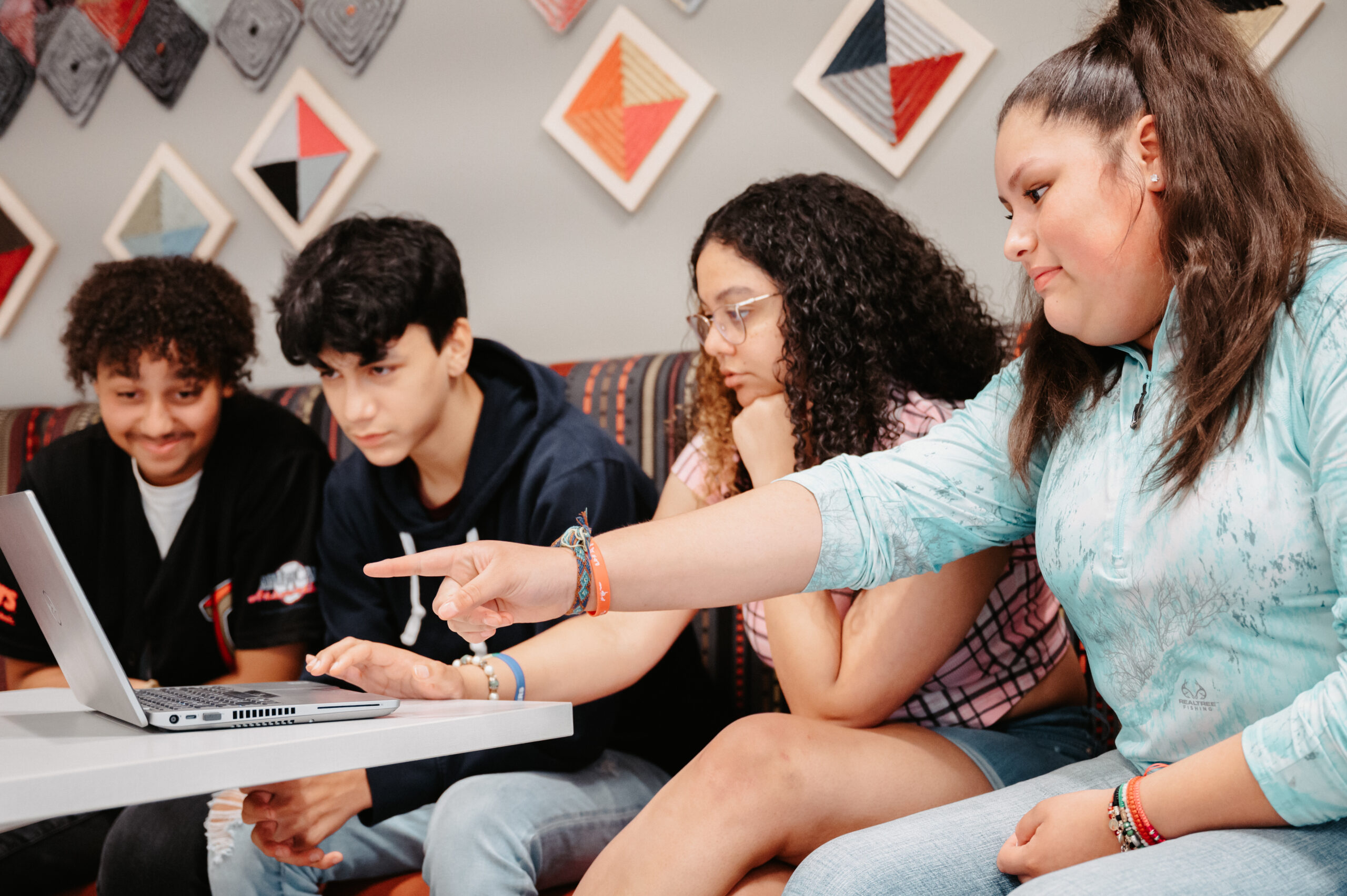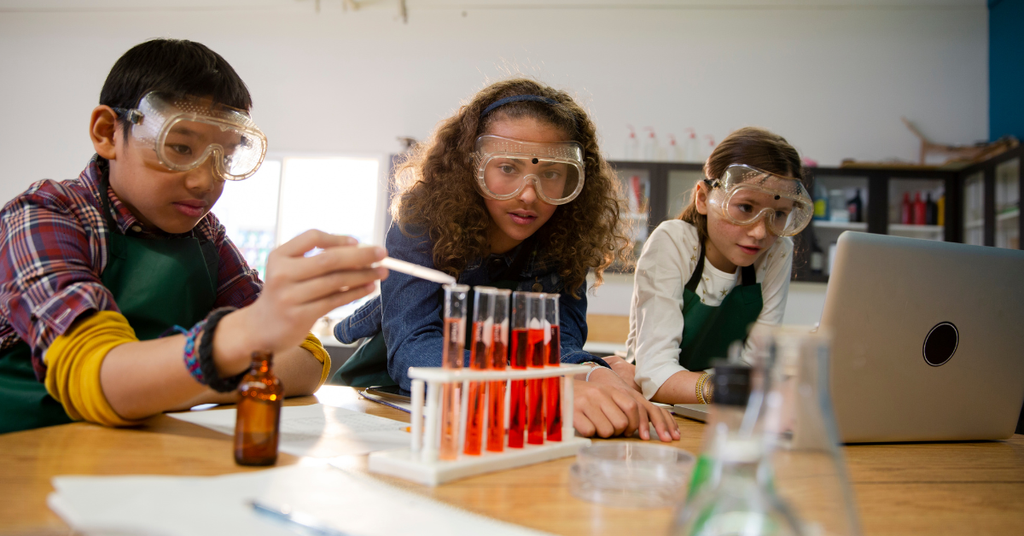How do we begin to combat the issue of high schoolers facing uncertainty as they approach graduation? The answer, we’ve found, starts in middle school. By partnering with school districts interested in career exploration initiatives, we uncovered the tangible opportunity these programs provide — and a roadmap for other schools to follow in the years to come.
In our latest white paper, “Efficacy and Innovation in Middle School Career Exploration: Proven Models for Student Success,” we outline the major findings across our 14 Massachusetts-based district partners representing 22 schools, 900 educators, and 11,000 students, with grants totaling $1.3 million over three years to bring career exploration to middle school classrooms. Here are our key takeaways:
- Middle school is the best time to start career exploration. Students in middle school are generally less stressed than their high school counterparts, as the clock isn’t ticking quite so loud yet. 87% of middle schoolers are interested in ways to match their skills and interests with potential careers, and these programs do just that.
- Career exploration helps kids build in-demand skills. Students who participate in self-discovery and career exploration activities are 20% more likely to report having had the opportunity to learn about their personal skills and interests than those who do not. This is important, as students then have the ability to hone crucial skills like creativity and problem-solving.
- Exploration can increase engagement in the classroom. Across all grantee schools, there was a 7% increase in those who say that the statement I like what I’m learning describes them a lot, year over year. Moreover, 56% of participants reported that they feel their school now gives them opportunities to learn about their unique skills and interests.
- Exploration helps kids enjoy Students who participated in two full years of programming were 39% more satisfied with their school year than those who did not, while 78% of participants said they enjoyed their school year. Getting kids excited about school is one of the most palpable benefits to this type of programming, and can translate into better performance in the classroom overall.
- Career exploration helps kids think about and plan for their future. Of career exploration participants, 60% report that they know how to search for a career that’s a good fit for their skills and interests, and 65% agree that the skills they learned will help them in the future — which inspires confidence that can carry these students into the next phases of their lives.
- Kids feel more connected through exploration initiatives. Students who participated in two years of exploration activities were more likely to report being able to identify an appropriate mentor for their interests and plans, indicating a stronger connection to what they’re learning and how it can apply to their future plans.
- Digital tools help to enhance the career exploration landscape. Lessons, activities, and platforms that leverage student interests and choice can create experiences that are engaging and meaningful for students. This includes the use of digital tools and spaces to augment the teaching and learning environment.
For more insights and information on how career exploration in middle school can set students up for success, download the full white paper here!



